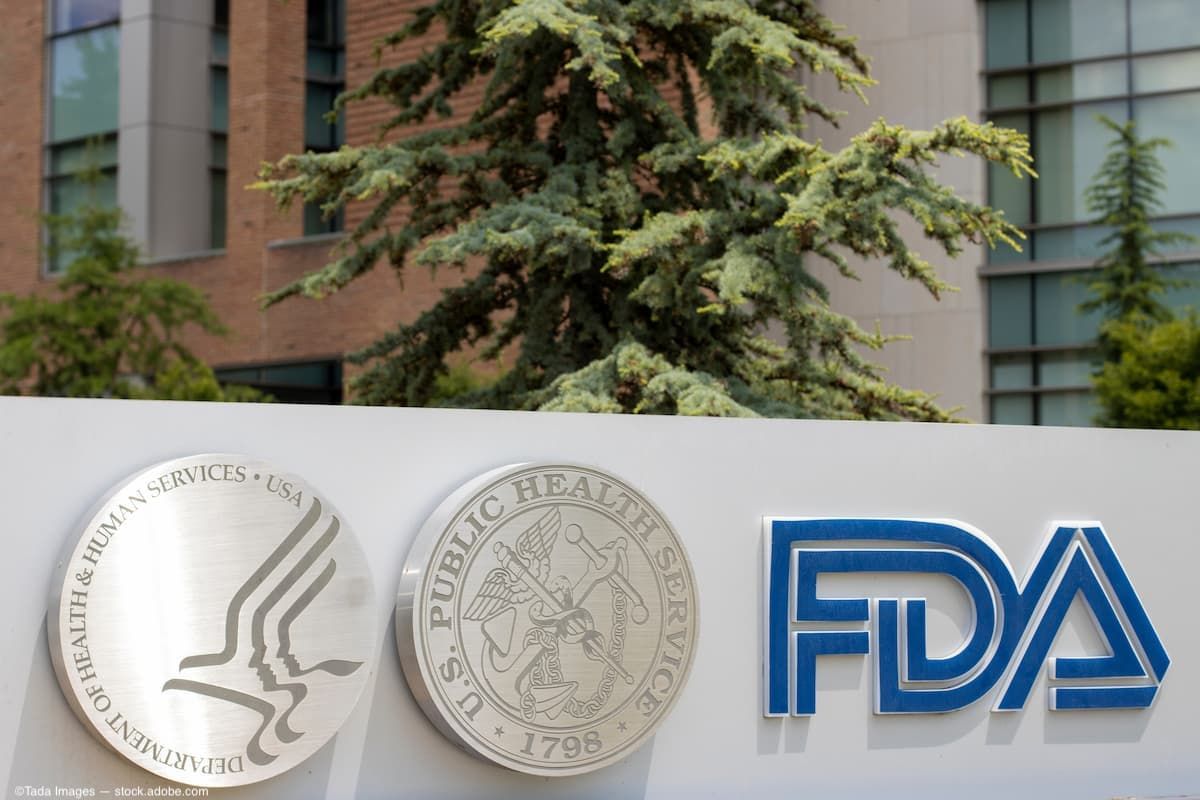Article
EGP-437 improves dry eye signs, symptoms in phase II study
A corticosteroid solution, EGP-437, administered by a proprietary noninvasive ocular drug delivery system showed improvement in signs and symptoms in patients with dry eye syndrome (DES) during a phase II study, according to a statement issued by EyeGate Pharma.
Waltham, MA
-A corticosteroid solution, EGP-437, administered by a proprietary noninvasive ocular drug delivery system showed improvement in signs and symptoms in patients with dry eye syndrome (DES) during a phase II study, according to a statement issued by EyeGate Pharma.
The study was a single-center, randomized, double-masked, placebo-controlled trial consisting of 105 patients. It was designed to evaluate the safety and efficacy of EGP-437 administered by the delivery system at two dose levels twice over a 3-week period. EyeGate collaborated with Ora Inc. for the study, using Ora’s controlled adverse environment (CAE) clinical research system, which simulates the acute environmental challenges patients with DES face on a regular basis, the company said.
In a top-level analysis, study investigators found that the corticosteroid significantly improved signs and symptoms of DES during the 3-week period (
p
“This exploratory phase II study demonstrated significant improvements in signs and symptoms of dry eye during and after CAE exposure following EGP-437 dosing. These effects were observed within hours of dosing, suggesting a rapid onset of action,” said George Ousler, director of the dry eye department at Ora. “In addition, EGP-437 significantly improved the post-CAE recovery for patients in the active treatment groups. The impact on signs and symptoms was also observed during the study’s 3-week environmental component, further supporting the potential benefits of EGP-437 for these patients.”
Stephen From, president and chief executive officer of EyeGate Pharma, said: “Ora’s CAE clinical research system, which provides a unique ability to screen and qualify patients, played an integral role in minimizing the study’s patient numbers while still delivering highly relevant biostatistics. We are excited about the prospect that EGP-437 may prove to be a useful therapy for the moderate to severe dry eye patients [who] are currently underserved by available treatments. This noninvasive drug delivery technology has the potential to help patients with a broad range of eye diseases, and we are encouraged by these results.”
Newsletter
Don’t miss out—get Ophthalmology Times updates on the latest clinical advancements and expert interviews, straight to your inbox.




